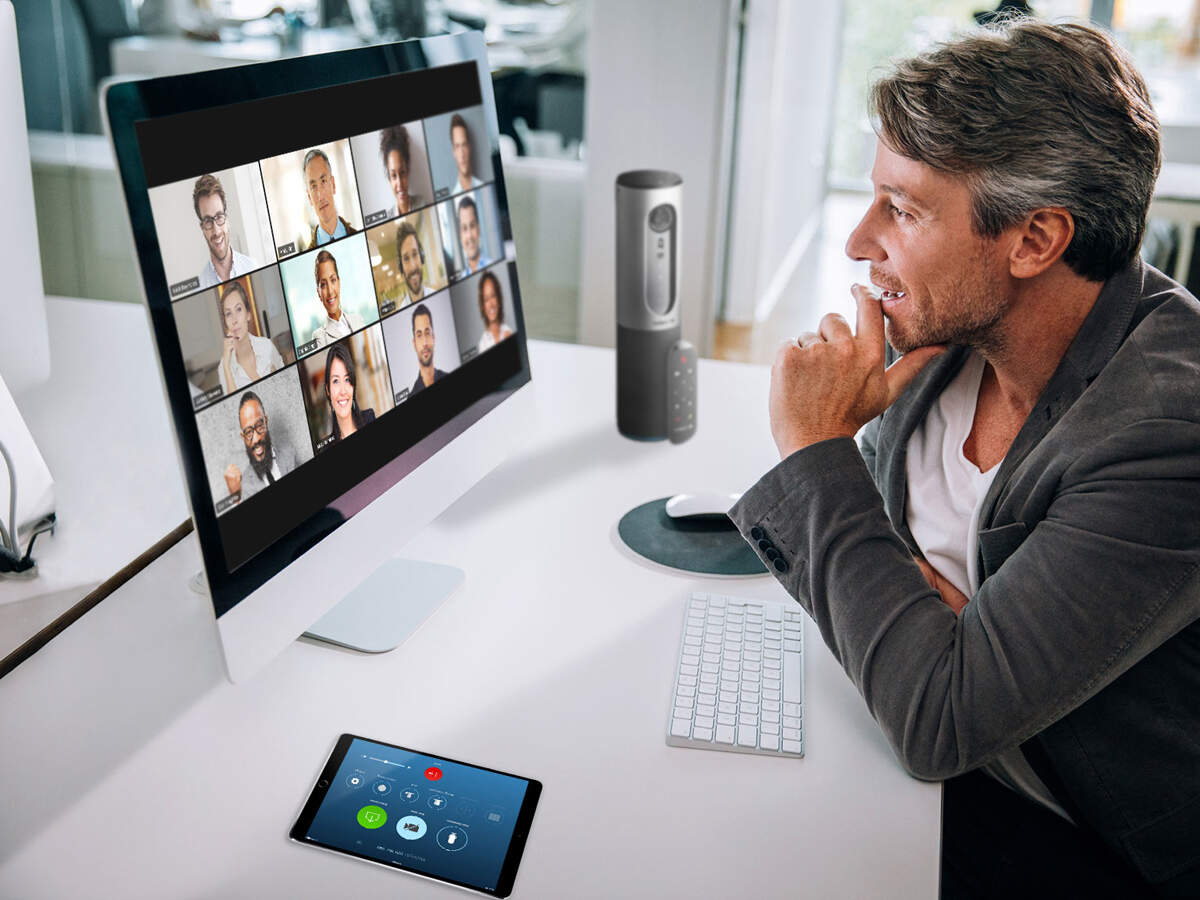
Warning that ‘Zoom’ — a popular mode for holding meetings via video conferencing — was not a safe platform, the home ministry has put out a set of guidelines that individual users may follow to ensure their safety while using Zoom for private purposes.
Reiterating the advisory of CERT-In dated February 6, 2020 and March 30, 2020, the home ministry said they will help enable/disable certain settings to prevent an authorised participant to carry out malicious activity on the terminals of others in the conference. They would also prevent DOS attack by restricting users through passwords and access grant.
Zoom is not allowed for use by government offices/officials for official purposes.
The recommended security configurations require users to set new user ID and password for each meeting. Also enabling of waiting room is advocated, so that every user can enter only when host conducting meeting admits him.
‘Join’ before host may be disabled and screen sharing by only host allowed. The safety norms also seek restricting/disabling of file transfer option (if not required); locking meeting, once all attendees have joined; restricting the recording feature; and ending the meeting (and not just leaving it) if you are administrator.
Most of the settings, the home ministry advisory dated April 12, 2020 stated, can be done by login into user’s Zoom account at website, or installed application at PC/Laptop/Phone and also during conduct of conference. However certain settings are possible through certain mode/channel only. For example, lock meeting can be enabled by administrator only when the meeting has started.
Leave a Reply